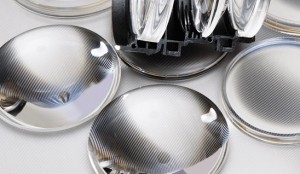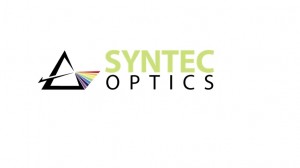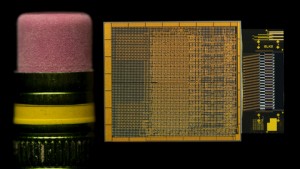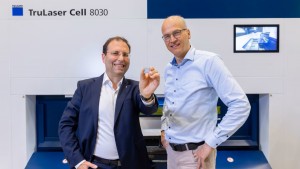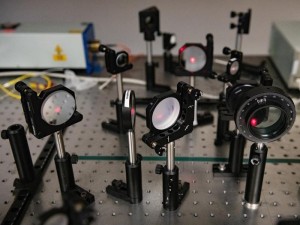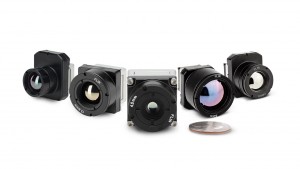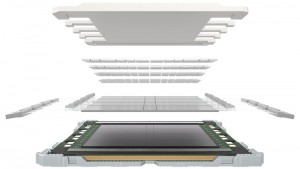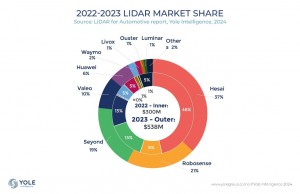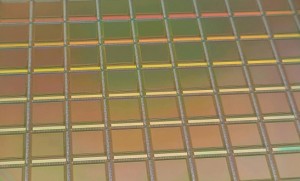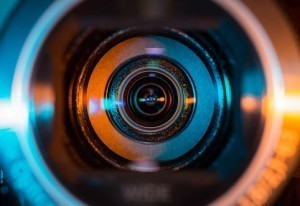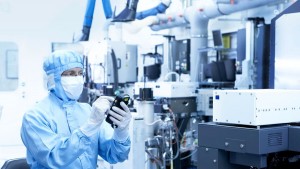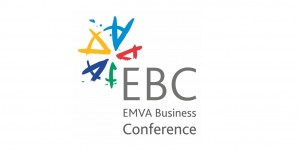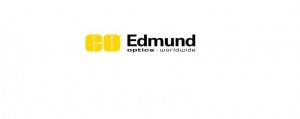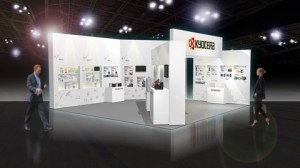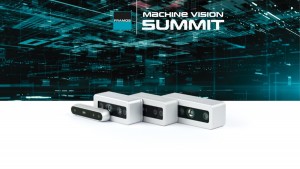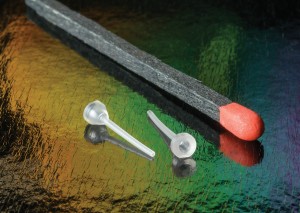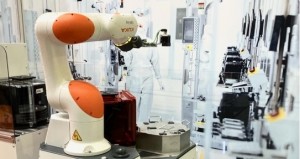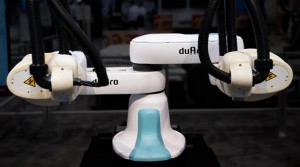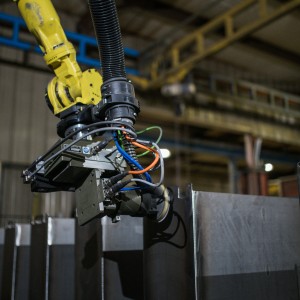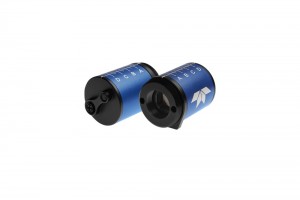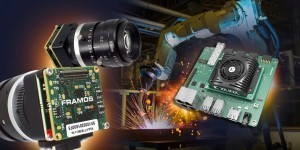Headquartered in the east of Bavaria (Germany), machine builder Sturm Gruppe is an industrial company specializing in systems for surface finishing, material handling, automation, industrial cleaning, image processing and sheet metal processing. The company employs more than 1,000 people and also has a machine vision division based in Munich (Germany) that develops customized inspection solutions for both external clients and within Sturm Gruppe.
Customers demand precision
The vision technologies department has a long history of cooperation with its main supplier Stemmer Imaging in sourcing equipment and the design and realization of machine vision projects. One internal project was realized last fall for the sheet metal processing unit, which does contract manufacture of sheet metal parts up to 20 mm thickness. Precision laser cutting and edging are core competences in the metal processing unit, and precision is what customers demand. Hence the need for a vision-based metrology system arouse to check the parts produced for minimal deviations to the CAD-drawings in a final quality test.
At the moment, the system is used exclusively for one specific customer, a manufacturer of filling and packaging systems in the food and beverage industry. The customer orders approximately 170 different parts in small charges of up to 50 pieces through a B2B server directly into the production system of Sturm, a network solution that saves a significant amount of administration and order management. After laser cutting, slide grinding and abrasive blasting, all finished parts are being inspected for variations in dimensions and evenness in the final quality control step.
Inspection begins with OCR and barcode reading
The inspection starts with a Cognex OCR and barcode reader at the beginning of the line that reads the laser engraved OCR code or barcode on the sheet metal part and initiates the download of the factory order from the data base along with the specifications. Positioning of the parts on the conveyor belt does not play a role while they go through the inspection device.
“Since the 3D CAD-specifications are stored in dxf- or geo format, a major challenge was to develop a software which accurately converts these data into a machine vision compatible TIFF-format that can be compared to the picture material taken from the line”, explains Dr. Wolfgang Ullrich, Branch Manager, Sturm Vision Technologies, Munich.
Data conversion within the system
Data conversion takes place automatically at high speed within the system. The system operates at a throughput of 25 seconds per part using eight monochrome Dalsa Spyder3 4k, 18 kHz line scan cameras that grab line after line of the sheet metal part as well as the conveyor belt. Thresholds define which pixels belong to the conveyor and which to the part. “However, only the middle 2k resolution of each camera are being used and put in a line of 16k in order to create a telecentric view and an optical resolution of 110 µ/pixel. This way, we avoid the enormous costs of purchase and alignment of telecentric lenses”, says Dr. Ullrich. The cameras can be height adjusted according to the thickness of the metal. All cameras use the GigE Vision interface. The lighting devices in the system are developed in-house as well and consist of LED-boards in a special setup due to cooling purposes along with networked control boards to regulate the flash rate and inconsistent performance.
The system has been developed in-house within 10 months from scratch specifically for the needs in sheet metal production, with the support of Stemmer Imaging´s experience and service regarding the choice and layout of both vision systems used. “We generally help Sturm and many other customers in the layout of their systems with our decent know-how, with feasibility studies, through lending components for testing purposes and with many other services”, says Georg Schelle, Senior Key Account Manager at Stemmer Imaging. “By choosing the Cognex code reading system Sturm has trusted our recommendation after our on-site visit. As for the choice of line scan cameras we together defined the suitable standard hardware for many of the Sturm applications.”
Deviations calculated and visualized
After the scan, all deviations are being calculated and visualized on the computer display at the other end of the line in red (=strong), middle (=yellow) or green (=complete match); and depending on the match sent to rework or being automatically labelled. Once all parts of a production order have passed the inspection they are being prepared for distribution right on the spot and the production order is put out of the system.
After four months of successful operation, Sturm plans to expand internal usage of the system to other sheet metal production orders. As a machine builder, though, the company also intends to offer the IQS Parts Metrology system, where such systems for sheet metal processing have not established yet, according to Dr. Wolfgang Ullrich.
Written by Andreas Breyer, Senior Editor, Novus Light Technologies Today


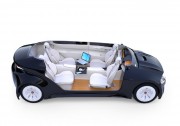


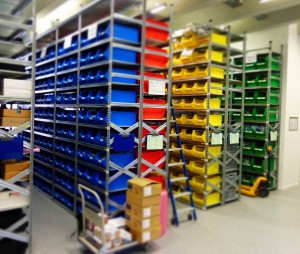



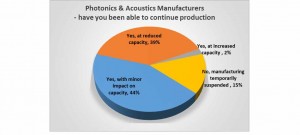
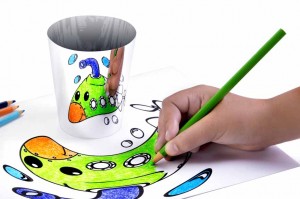
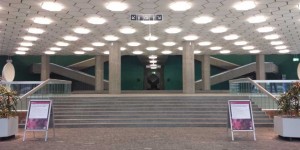

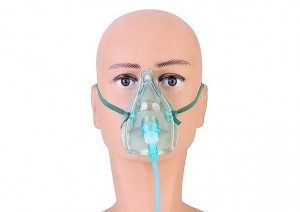
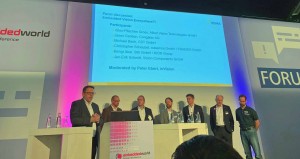




























 Back to Enlightening Applications
Back to Enlightening Applications










